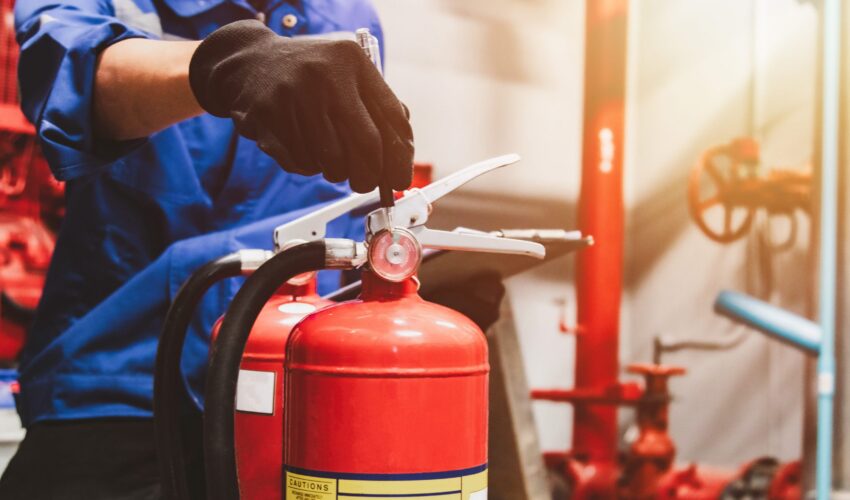Electricity plays the role of a silent conductor, conducting our daily routines with effortless precision. Behind the convenience and comfort lies the risk of electrical fires. These fires are silent, often beginning within the walls and can rapidly engulf the whole space in flames.
Armed with knowledge and vigilance, space owners and facility managers can take proactive steps to identify electrical fire risks and fortify facilities against this hidden threat. From understanding the lurking dangers to practical steps for prevention and response, in this article, we will explore essential tips to identify electrical fire hazards and take precautions to keep their homes safe.
Understanding Electrical Fire Risks
Electrical fires can stem from various sources, including faulty wiring, overloaded circuits, damaged appliances, and electrical malfunctions. These fires often start quietly within walls or electrical systems, making them challenging to detect until they escalate. Understanding the potential risks is the first step in preventing electrical fires.
Conducting Inspection
Regular inspections of your electrical system are crucial for identifying potential hazards. Look for signs of wear and tear, check circuit breakers and fuses for signs of overheating or tripping frequently, which could indicate overloaded circuits.
Practicing Safe Electrical Usage
Always practice safe electrical habits to reduce the risk of fires. Avoid overloading outlets by using power strips or extension cords sparingly. Never use damaged or frayed cords and ensure that cords are not pinched or pierced by furniture or doors. Be mindful of the wattage of appliances plugged into outlets to prevent overheating.
Installing and Maintaining Smoke Alarms
Smoke alarms are essential for early detection of fires, including electrical fires. Install smoke alarms on every level of your home, inside bedrooms, and outside sleeping areas. Test smoke alarms monthly, replace batteries annually, and replace the entire unit every ten years. Interconnected smoke alarms provide the best protection, ensuring that all occupants are alerted to the danger.
Educating occupants
Educate occupants and other colleagues about electrical safety practices. Develop and practice a friendly fire escape plan, including multiple exit routes and a designated meeting place outside. Regularly review and update the plan as needed.
Emergency Response
Prioritize safety and swift action, shut off power to the affected area and evacuate the building immediately. Call emergency services from a safe location and refrain from re-entering the building until it is deemed safe by authorities.
Seeking Professional Assistance
If you encounter any electrical issues beyond your expertise, never hesitate to seek help.
Don’t wait until it’s too late—take the first step towards protecting your facility.
Reach out to us to learn more about our electrical fire safety services.

